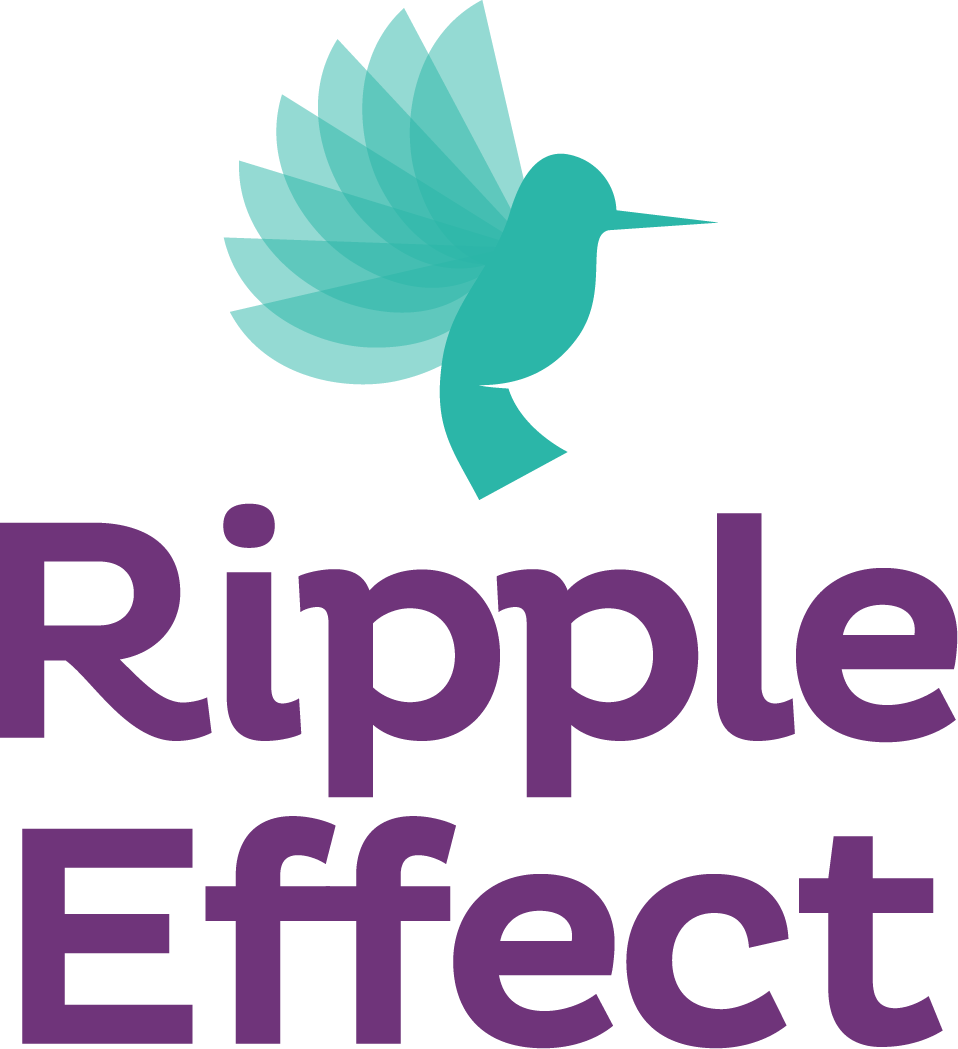Are you owning your inbox or is your inbox owning you?
Marie Kondo popularized organizing your life, ridding your world of things that don’t spark joy. From tossing keepsakes through to clearing closets, the queen of clean has popularized the mind/organization connection. I am here to claim that same torch and help light the way through your inbox. Together and with the power of “select all” we can conquer the chaos of your emails and reduce that glaring number of unread messages to zilch.
Why is it important to have a well-organized inbox?
For at least a decade, we have all had pretty close relationships with our email systems. In the last two-and-a-half years, we have probably spent more time in our inboxes than basically anywhere else. If you were to spend a significant amount of time in an unkempt clutter-filled room, your mind would likely start to reflect that chaos and you’d be hard pressed to find peace amidst the mess. The same goes for your inbox.
Starting your day, looking at hundreds of emails, knowing they have no method to their madness is simply not the best way to get your best out of yourself. When you take control of your inbox, you increase your efficiency and effectiveness. You will be more on top of your game and readily able to tackle any task the comes your way. Just think of the ease with which you can send one of those “As per the email” emails when you know exactly where everything is.
Now let’s take a deep breath and take a look at your email situation
What kind of organization system – if any – do you have at the ready? Are hundreds of emails staring you down, all from the abyss that is your inbox? If, like the wonderful individuals who joined my Own Your Inbox Masterclass, you are dealing with numbers in the triple (and even quadruple) digits, I have some suggestions on how you can get your out-of-control inbox in line.
The following approaches to email organization are your friends:
Stop checking your emails sporadically all day, every day: Set aside specific email time and use these moments to thoughtfully manage your inbox.
Mass delete: do not be afraid to toss an email. If you are hoarding communications from before 2021, you need address this FOLG – fear of letting go – immediately. No skeletons are crawling out of a two-year-old closet to get you.
Ruthlessly unsubscribe: haven’t bought something from that store in more than six months? Goodbye. Allowing 15 health sites to flood your inbox with vegan mayonnaise recipes, when your favourite meal is McDonalds? Also unsubscribe.
Folder up: Not every email needs to get deleted. There are some communications worth keeping, but that does not mean they need to float aimlessly in your inbox. Create files for tasks, particular team members or overarching initiatives. File accordingly.
Now that you have these powerful weapons of mass email management, you can begin levelling up your email inbox.
I hope this article has inspired you to own your inbox and that you are currently sitting, eyes narrowed, ready to organize and say goodbye to all your unnecessary digital baggage. I will finish by advising you to use the “sort by” function in your email system. Search by name, by date or whatever makes the most sense for your purposes. Then, scan those groupings and either file or delete. Don’t panic and don’t forget to empty your trash bin afterward – lest you get tempted to pull the trash from whence it came.
On the next episode of doing awesome stuff with Janic, I will be continuing this discourse on emails by looking at etiquette. It’s a purposeful continuation of what I’ve outlined here because while you are cleaning up your inbox, why not also clean up your email act and ensure you are always making the right impressions every time you hit send.
See you then, Ripple Maker.
Janic


